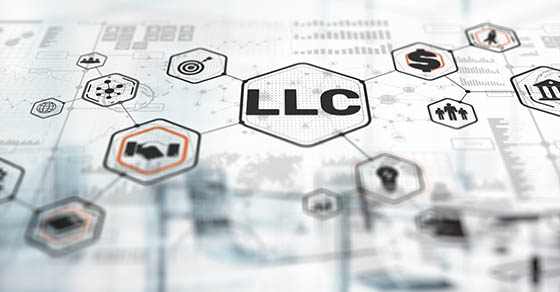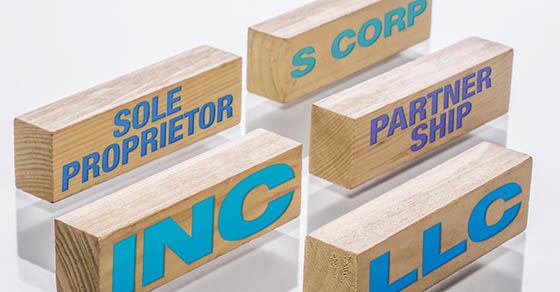Choosing the right business entity is a key decision for any business. The entity you pick can affect your tax bill, your personal liability and other issues. For many businesses, a limited liability company (LLC) is an attractive choice. It can be structured to resemble a corporation for owner liability purposes and a partnership for federal tax purposes. This duality may provide the owners with several benefits.
Like the shareholders of a corporation, the owners of an LLC (called members rather than shareholders or partners) generally aren’t liable for business debts except to the extent of their investment. Therefore, an owner can operate a business with the security of knowing that personal assets (such as a home or individual investment account) are protected from the entity’s creditors. This protection is far greater than that afforded by partnerships. In a partnership, the general partners are personally liable for the debts of the business. Even limited partners, if they actively participate in managing the business, can have personal liability.
Electing classification
LLC owners can elect, under the “check-the-box rules,” to have the entity treated as a partnership for federal tax purposes. This can provide crucial benefits to the owners. For example, partnership earnings aren’t subject to an entity-level tax. Instead, they “flow through” to the owners in proportion to the owners’ respective interests in the profits and are reported on the owners’ individual returns and taxed only once. To the extent the income passed through to you is qualified business income (QBI), you’ll be eligible to take the QBI deduction, subject to various limitations.
In addition, since you’re actively managing the business, you can deduct on your individual tax return your ratable shares of any losses the business generates. This, in effect, allows you to shelter other income that you (and your spouse, if you’re married) may have.
An LLC that’s taxable as a partnership can provide special allocations of tax benefits to specific partners. This can be an important reason for using an LLC over an S corporation (a form of business that provides tax treatment that’s similar to a partnership). Another reason for using an LLC over an S corporation is that LLCs aren’t subject to the restrictions the federal tax code imposes on S corporations regarding the number of owners and the types of ownership interests that may be issued. (For example, an S corp can’t have more than 100 shareholders and can only have one class of stock.)
Evaluate the options
To sum up, an LLC can give you protection from creditors while providing the benefits of taxation as a partnership. Be aware that the LLC structure is allowed by state statute, and states may use different regulations. Contact us to discuss in more detail how use of an LLC or another option might benefit you and the other owners.




